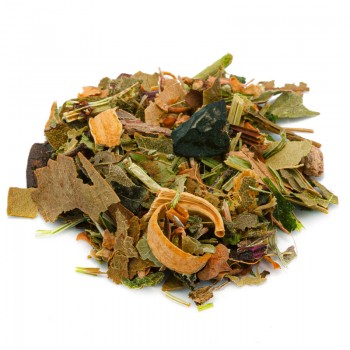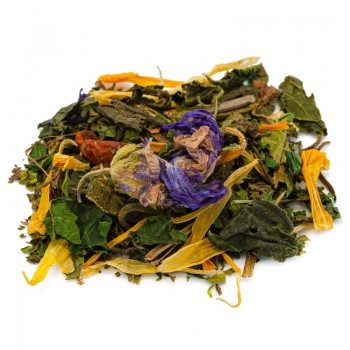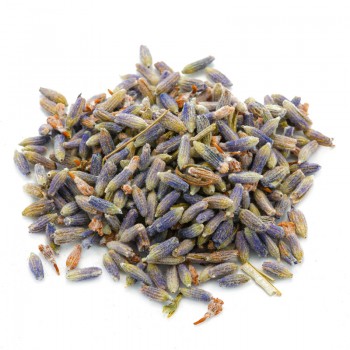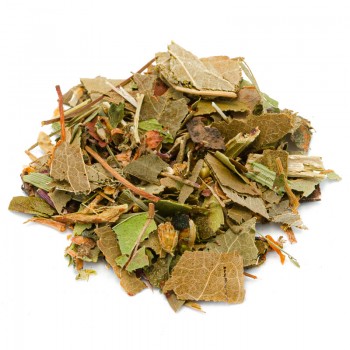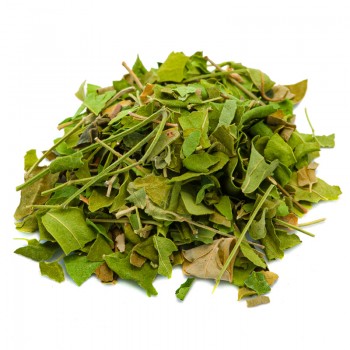Burdock compound for herbal tea
Burdana Composta is a natural blend ideal for preparing herbal teas. A selection of traditionally appreciated herbs for an infusion with an authentic and pleasant taste.
Ingredients:
burdock, nettle, verbena, yarrow, elderberry, sarsaparilla, pellitory, birch, couch grass, gentian.
- 100°
- 3/5g ogni 250 ml
- 08/10 min. di infusion





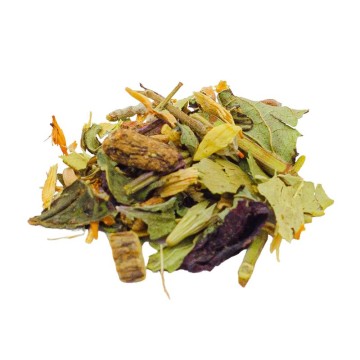



 No reward points for this product.
No reward points for this product.




